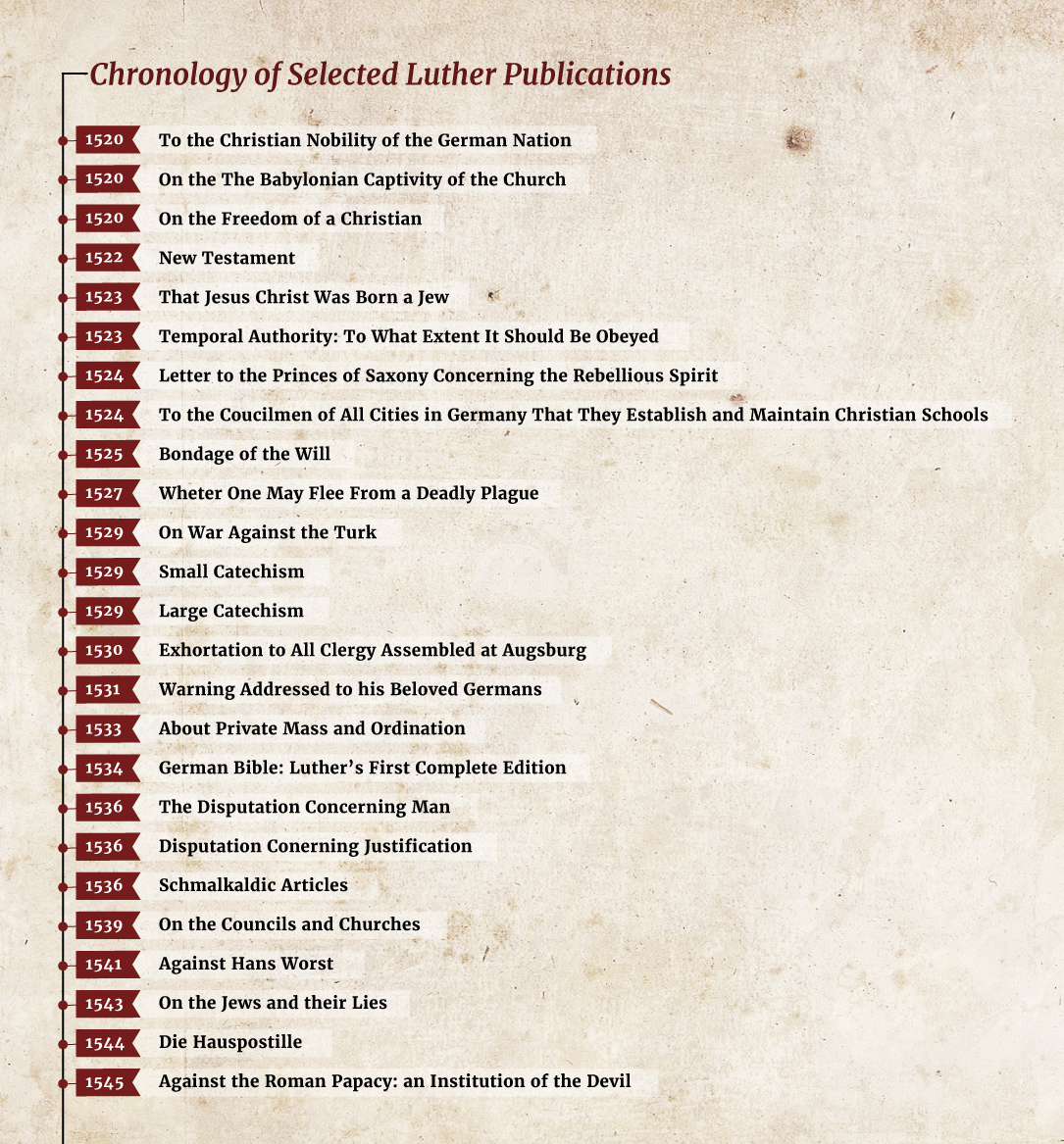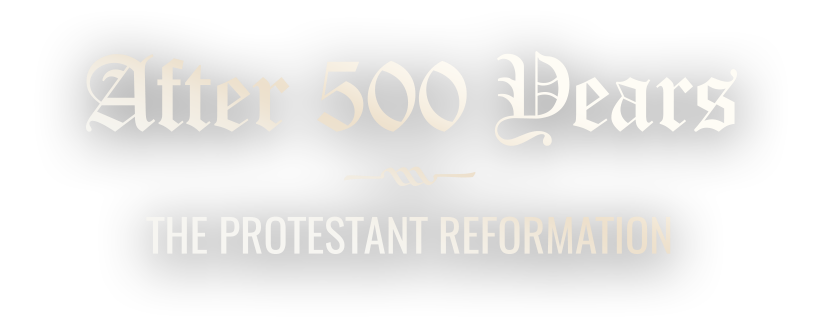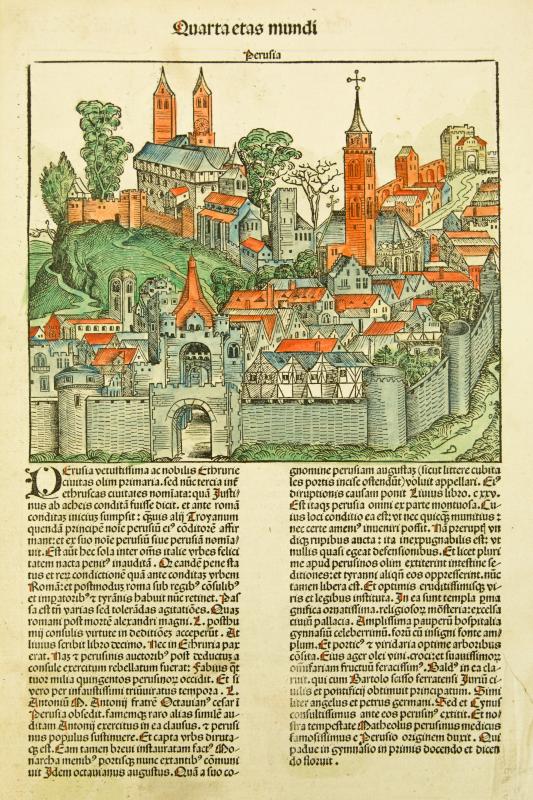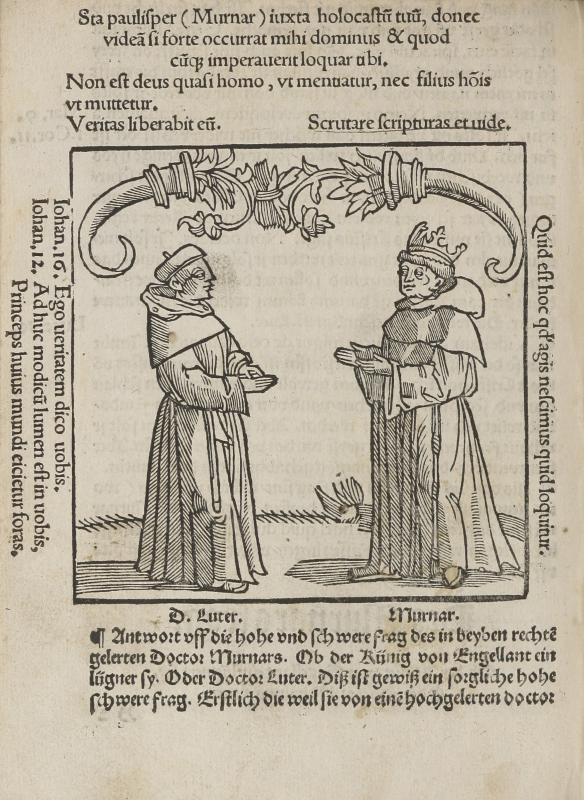The Role of Printing in Medieval and Reformation Europe
Fifteenth-century Europe experienced a technological revolution in the invention of the printing press with movable type that bears comparison with that of computers today. Although in the earlier era dissemination of such an invention and the realization of its effects took several generations, its transformation of the processes of communication was drastic. Johann Gensfleisch Gutenberg (1397-1468), a goldsmith by craft, tried to conceal his manufacture of movable type and a machine for printing with it. There were in his day no patents or copyrights to shield the inventor against pirating. The length of time needed to carve the type compelled him to borrow money on which to live, and this eventually catapulted him into bankruptcy. Before the banker Johann Fust confiscated his press and began to use it himself, Gutenberg managed to produce his famed 42-line Bible, dated approximately 1455, and several smaller works. The Germans generally acknowledged the discovery of printing as Gutenberg’s and the method as a turning point.
Demand for the output of the few early presses was modest, coming mainly from the few Latinate men of the day. Over the next two generations, the largest cities, great noble courts, and leading monasteries sought presses. The second half of the fifteenth century was a time of overlapping technologies: scribes continued tediously to copy texts by hand, block books carved page by page from a panel of wood were stamped onto paper, and a few books were printed on the newfangled machines. In the early sixteenth century, Martin Luther quickly saw the advantages of making his vernacular treatises available cheaply to a growing body of avid lay followers. His rebellion against the Catholic Church made him a celebrity, and it stimulated the publishing industry. In his new book, Brand Luther, Andrew Pettegree has summed up:
Between 1517 and 1546 [Luther’s reforming career] . . . Wittenberg publishers turned out at least 2,721 works, an average of 91 per year. This represents around three million individual copies, and includes many of the milestone works of the era, not least multiple editions of Luther’s German Bible. This vast blossoming of what was essentially a new industry was entirely due to Martin Luther.
The presses of other cities turned out thousands of Reformation and a few Counter-Reformation books, pamphlets, and broadsheets of their own. The success of Protestantism over all owed much to printed propaganda. Catholic adversaries of the reform movement never fully exploited the printing press for their own purposes.
Luther’s desire to expose the laity to his translation of the Bible and his message in other formats motivated his advocacy of universal childhood literacy. In early 1524, his tract, “To the City Councillors of All German Cities, that They Should Establish and Maintain Christian Schools,” appeared. At least eleven editions appeared during 1524 alone, in more than seven cities around the Holy Roman Empire. Even if German city fathers did not hurry to comply, many people were attracted to the Reformer’s novel advice.
As the novelty of the Reformation faded and religious nonconformity became ubiquitous if persecuted, publishing houses issued all manner of literature of interest to lay audiences. Elizabeth Eisenstein has noted the extent to which the exchange of scientific discovery, as well as theory, relied on the presses to overcome the disadvantages of dispersing hand-copied findings among individuals. Entertainment increasingly took the form of reading fiction. Religious life itself employed published devotional aids of various types, from prayer and advice books to poetry and edifying personal testimony.
Books circulated as loans, from one friend to another. In the process of passing from hand to hand, books were sometimes worn out. Books were treasured assets whose recipients were designated in wills. Books, pamphlets, and illustrated broadsheets were read aloud at home and in taverns, which gave the illiterate, too, access to their content. The availability of printed matter at reasonable prices provided an additional incentive to learn to read.
The free circulation of publications produced a perceived need on the part of authorities in a disciplinary age to develop agencies of censorship. Individual titles as well as the publishers themselves now required licenses. Exchanges between territories were, however, so frequent that the most determined censors were challenged to ensure that no forbidden works saw the light of day. In the main, where there was demand, the printing presses would fill it.

To cite text:
Karant-Nunn, Susan, & Lotz-Heumann, Ute (2017). Confessional Conflict. After 500 Years: Print and Propaganda in the Protestant Reformation. University of Arizona Libraries.
Selected titles from University of Arizona Special Collections:
Giovanni Balbi (–1298). Catholicon, Mainz, 1460
Hartmann Schedel (1440-1514). Liber chronicarum (2 leaves: Last Judgment, Perugia), Nuremberg, 1493
Hortus sanitatis, Mainz, 1491
Florilegium diversorum epigrammatum, Venice, 1503


